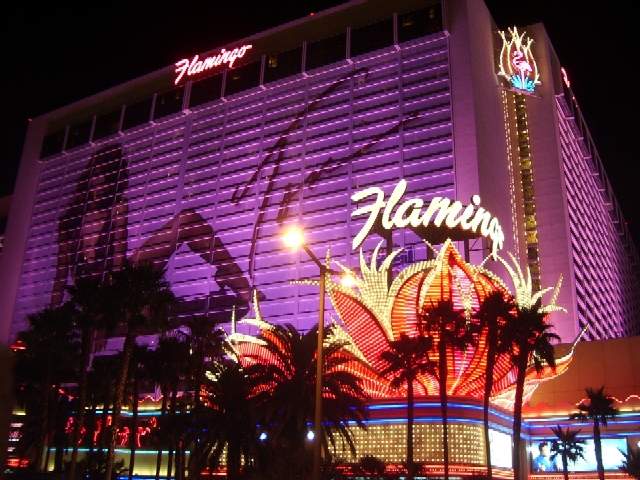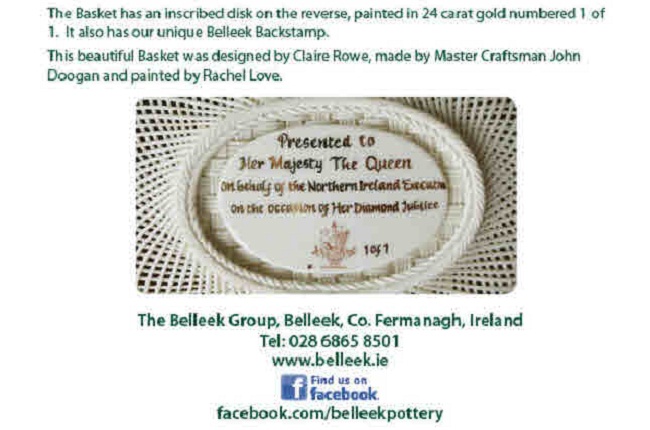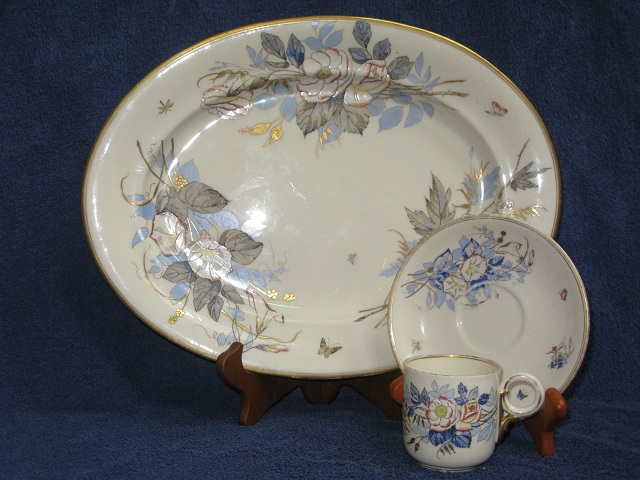Belleek
Collectors’ Int’l Society
is pleased to invite you to attend
the
2013 Collectors’ Convention!
|

|
|
SAVE THE DATE
October
10th, 11th, 12th, 13th
2013
at
the Flamingo Hotel and
Casino, Las Vegas
Nearest airport: McCarran
Airport, Las Vegas
|
|
Committee and Chair People
are working hard and plans are
underway! Combine your love for Belleek, see old
and meet new
friends, see the great scenery of Nevada as well
as the famous
“Las Vegas Strip.”
This is the Convention for
“thinking
outside the
box!”
It is our hope that our
friends from all
parts
of the Belleek
collecting world will join us. There will be,
before and
after,
convention side trips offered to see the main attractions of Las
Vegas, in addition to a visit to “Old Fremont Street”.
More details will follow with
registration
information.
Registration forms will soon be found on the Pottery Web
Site.
Information will
also be sent to previous attendees and chapter
presidents via e-mail.
|

|
|
A note from
Angela
Moore,
BCIS
president.
|
|

|
|
|
Let's party
while we can.
All good things
must come to an end.
This
will be our LAST
Belleek
International Convention.
It’s
one not to be missed!
Our
chapters are unable to host future conventions,
but,
our sincere thanks go out to all those chapters
who
played host to us at past conventions.
They were all great ones!
This
last convention is being hosted by the members,
who
have hosted earlier ones,
we couldn’t do it without them.
So,
let’s go out in style! Belleek Style!
Special
things planned,
we hope you can make it!!!!
|
 PREVIOUS
NEWS
PREVIOUS
NEWS
 PREVIOUS
NEWS
PREVIOUS
NEWS




